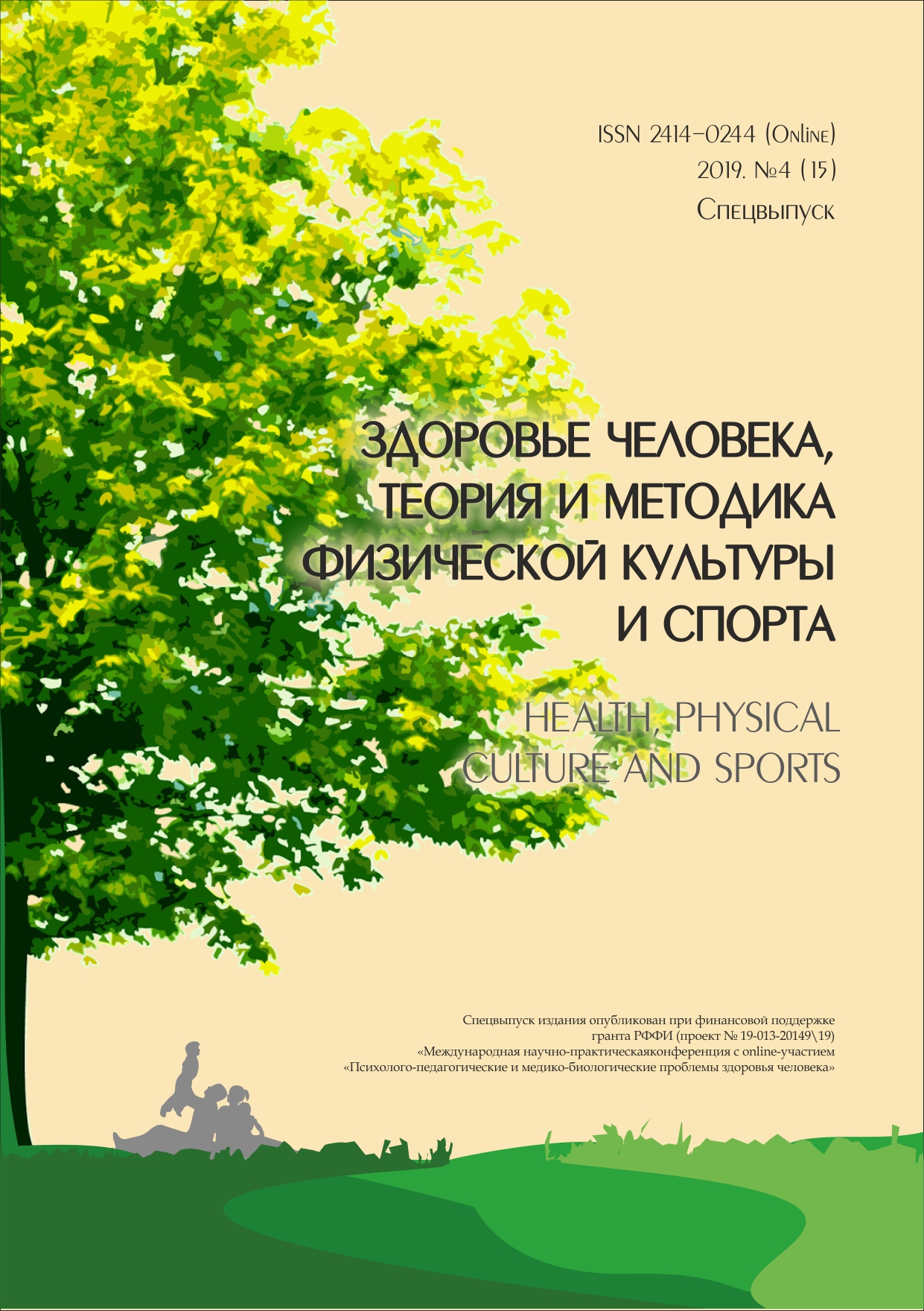PSYCHOLOGICAL AND PEDAGOGICAL RISKS OF BULLYING IN THE EDUCATIONAL ENVIRONMENT
Abstract
Ɗe article is devoted to the phenomenon of school bullying. It highlights the problem of bullying risks in the educational environment. The article describes the research design of population screening as a diagnostic method for school bullying. An analysis of the facts and risks of bullying in a school team is shown on the example of empirical statistics of one of the schools. An experimental research plan using SMOB and ORB questionnaires is presented. Ɗe description of test statistics of age norms from grades 6 to 11 is given. Empirical and normative diagnostic indicators are compared by gender and age. Ɗe age peaks of the bullying and the targets of insecurity are indicated. Dişerential statistics of the diagnostic proĘle of the school and class for assessing types of bullying, bullying victims and bullying situations are presented. A comparison of the results of the SMOB and ORB questionnaires is given, including their psychometric relationships. High data coherence in the test battery is shown, experimental dependences of ORB scales and SMOB indicators are investigated. Ɗe result is a mathematical model for computing the psychological and pedagogical predictors of bullying risk in the educational environment. Ɗe main statistical conclusions of the work:— Ɗe school bullying risk index has a sex/age nature.— Ɗe types of school bullying are independent of the gender and age group.— Ɗe indicators of social psychological safety are the predictors of bullying risks.Ɗe practical signiĘcance of the work is the targeting of bullying prevention, implemented through anti-bullying programs. In particular, control of the dynamics of group processes (cohesion / disunity, information openness / isolation, mutual assistance / autonomy, social / personal distance, vertical / horizontal connections, coordination / subordination in the student-student, student-teacher system). Ɗe results of population studies based on the material of school bullying questionnaires are more predictive in assessing the psychological and pedagogical predictors of bullying. Ɗey do not cover the variability of individual cases of victim and deviant behavior from clinical experience. Ɗe variance of integral statistics of bullying indicators, according to national surveys, also indicates intraschool and interschool dişerences. It should be considered while developing and implementing anti-bullying programs.
Downloads
References
Olweus D. (1993) Bullying at School: What We Know and What We Can Do. N. Y.: Wiley-Blackwell, 152 pp.
Кон И. С. Что такое буллинг и как с ним бороться? // Семья и школа. 2016. № 11. С. 15–18.
Ермолова Т. В., Савицкая Н. В. Буллинг как групповой феномен: исследование буллинга в Финляндии и скандинавских странах за последние 20 лет (1994–2014) // Современная зарубежная психология. 2015. Т. 4, № 1. С. 65–90.
Бочавер А. А., Хломов К. Д. Буллинг как объект исследований и культурный феномен // Психология. Журнал ВШЭ. 2013. Т. 10, № 3. С. 149–159.
Лэйн Д. А. Школьная травля (буллинг) // Детская и подростковая психотерапия. СПб.: Питер, 2015. С. 240–276.
Лэйн Д. А. Школьная травля (буллинг) // Детская и подростковая психотерапия / под ред. Д. Лэйна и Э. Миллера. СПб.: Градиент, 2017. 512 с.
Маланцева О. Д. «Буллинг» в школе. Что мы можем сделать? // Социальная педагогика. 2017. № 4. С. 90–92.
Мосина О. А., Устенко В. С. Проблема буллинга в образовательной среде // Научно-методический электронный журнал «Концепт». 2016. Т. 29. С. 144–148.
Гутгенбюль А. Зловещее очарование насилия. Профилактика детской агрессивности и жестокости и борьба с ними. СПб.: Акад. проект, 2016. 301 с.
Гребенкин Е. В. «Профилактика агрессии и насилия в школе». Ростов н/Д: Феникс, 2016. 211 с.
Кривцова С., Шапкина А., Белевич А. Буллинг в школах мира: Австрия, Германия, Россия // Образовательная политика. 2016. № 3 (73). С. 97–119.
Бочавер А. А., Кузнецова В. Б., Бианки Е. М., Дмитриевский П. В., Завалишина М. А., Капорская Н. А., Хломов К. Д. Опросник риска буллинга (ОРБ) // Вопросы психологии. 2015. № 5. С. 146–157.
Екимова В. И., Залалдинова A. M. Жертвы и обидчики в ситуации буллинга: кто они? // Современная зарубежная психология. 2015. Т. 4, № 4. С. 5–10.
Глазман О. Л. Психологические особенности участников буллинга // Психология. № 8. С. 160–164.
Кривцова С. В. Буллинг в школе VS сплоченность неравнодушных. М.: Юрайт, 2011. 203 с.
Руланн Э. Как остановить травлю в школе: Психология моббинга. М.: Юрайт, 2012. 264 с.
An author should not normally publish manuscripts describing essentially the same research in multiple journals or publication venues. Such redundant publication is generally considered to constitute unethical publishing behavior, and if discovered may result in a manuscript under consideration being rejected, or a published article being retracted.
Authors of manuscripts reporting on original research should present an accurate account of the work performed, accompanied by an objective discussion of its significance. Underlying data should be represented accurately in the manuscript. The manuscript should contain sufficient detail and references to permit others to replicate the work. The fabrication of results and the making of fraudulent or knowingly inaccurate statements constitute unethical behavior and may be cause for rejection or retraction of a manuscript or published article.





